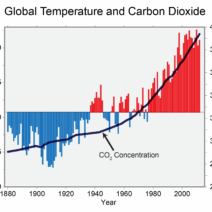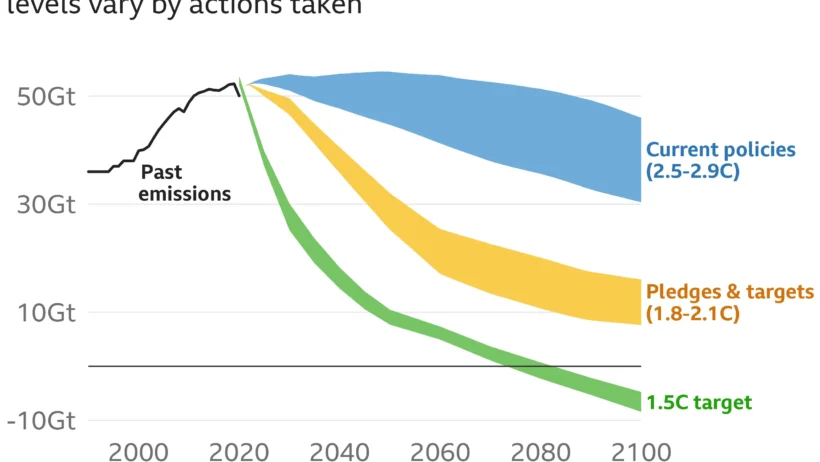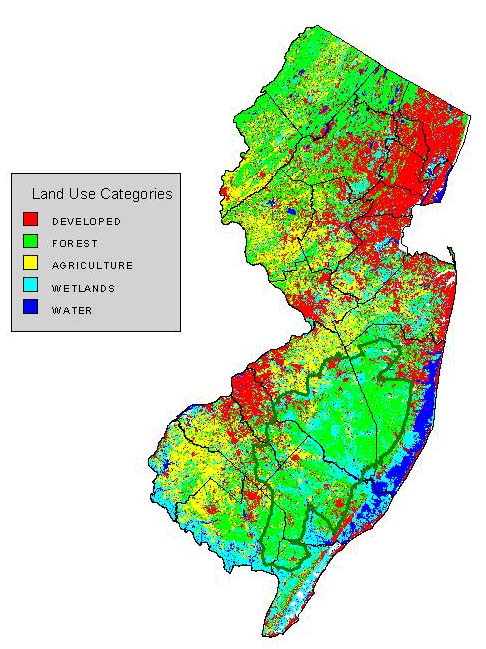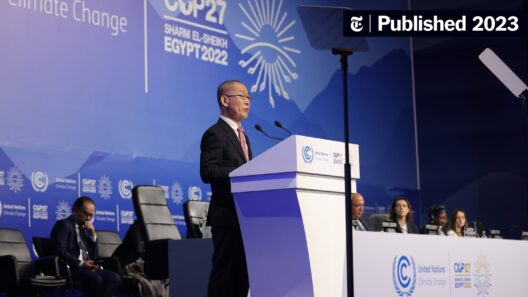The Paris Climate Agreement, adopted in December 2015 during the COP21 conference in Paris, represents a monumental step in the global effort to combat climate change. Among the signatories of this landmark agreement, China’s participation has been marked by both historical significance and a complex narrative that warrants examination. Indeed, questioning whether China signed the Paris Climate Agreement opens a dialogue about its implications, commitments, and the broader context of international climate politics.
To understand China’s role in the Paris Agreement, one must first trace the timeline leading to its signing. The journey begins long before 2015, with China’s industrial growth surging in the late 20th century, leading to significant increases in carbon emissions. As the world’s largest emitter of greenhouse gases, China’s actions would heavily influence the efficacy of any climate pact. Observers noted the inevitable tension between economic growth and environmental responsibility—a duality which would become a cornerstone of China’s climate narrative.
As momentum built toward the 2015 climate summit, the international community witnessed a shift in China’s climate policies. The country announced its commitment to peak carbon emissions around 2030 and to increase the share of non-fossil fuels in its primary energy consumption to around 20% by the same year. These pledges were crucial as they positioned China as a key player in the climate change dialogue, not merely as an antagonist in emissions but as an essential contributor to global solutions. This pivotal moment occurred in June 2015, when U.S. President Barack Obama and Chinese President Xi Jinping jointly announced their respective commitments to the Paris Agreement, fundamentally reshaping the dynamics of international negotiations.
The formal signing of the Paris Agreement by China occurred on April 22, 2016, a date symbolically aligned with Earth Day, reinforcing the country’s commitment to tackling climate change. By signing, China signaled its acceptance of the agreement’s goals: limiting the global average temperature rise to well below 2 degrees Celsius above pre-industrial levels and pursuing efforts to limit the temperature increase to 1.5 degrees Celsius. Such commitments were steep, especially given the backdrop of China’s rapid industrialization. What motivated such a significant shift in stance? The answer lies in a confluence of domestic and international pressures.
Domestically, air pollution and environmental degradation had reached alarming levels in several Chinese cities, affecting public health and quality of life. The Chinese government recognized that continued reliance on coal and fossil fuels was unsustainable, leading to initiatives aimed at enhancing renewable energy adoption and improving air quality. This recognition dovetailed with international expectations, as China sought to enhance its global image, shifting from being viewed merely as an emerging economy to being recognized as a responsible global leader in combating climate change.
However, the signing of the agreement was just the initial step. The ratification process, completed in September 2016, further underscored China’s dedication. By formally enacting domestic laws to align with the Treaty’s objectives, China positioned itself as a proactive participant on the world stage. This ratification, along with that of the United States, contributed to the agreement reaching its operational threshold, thereby solidifying its operational framework in November 2016.
The timeline of events encapsulates not only the strategic maneuvering behind China’s participation but also highlights an ongoing tension between commitments and actions. Skeptics argue that while China’s pledges are laudable, its continued investment in coal-fired power plants domestically and abroad reflects a dissonance within its approach to climate commitments. The Belt and Road Initiative (BRI), for instance, has seen investments in sustainable energy but also significant funding towards fossil fuel infrastructure at a global level. This paradox has fueled debates about the integrity and depth of China’s commitment to the agreement.
As the world gazes toward future climate negotiations, China’s evolving relationship with the Paris Agreement will undoubtedly shape discussions. The upcoming COP conferences will offer further insight into how the country navigates its dual role as a developer and a climate leader. The implementation of its national climate policies, in conjunction with international commitments, will be scrutinized vigorously. The global community remains watchful not only of China’s emissions but also of its technological advancements in green energy.
Another critical component to China’s engagement with the Paris Agreement lies in its ability to influence other developing nations. As a leader in renewable energy production, China’s initiatives on the global stage may encourage other countries facing similar developmental challenges to commit to sustainable practices. This aspect of leadership adds layers to China’s role—not only as a participant but also as a potential guide for other nations navigating the complexities of climate action.
In summary, China’s signing of the Paris Climate Agreement was not merely a formal gesture; it was a calculated response to both domestic exigencies and international pressure. The timeline from initial commitment to formal ratification details a transformational moment in international relations and climate politics. The implications of China’s action resonate deeply, as they reflect broader themes of responsibility, economic growth, and the urgent need for collective action against climate change. As nations collectively face the daunting realities of a warming planet, understanding China’s complex journey within this framework is not only necessary; it is imperative for charting a viable future for global climate governance.








